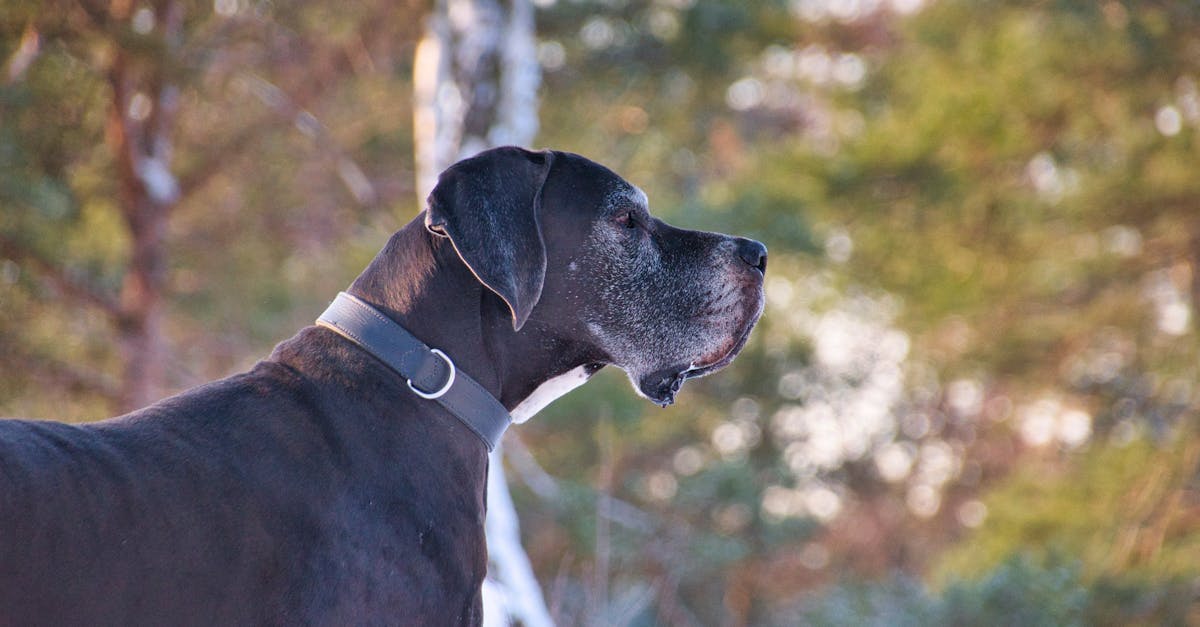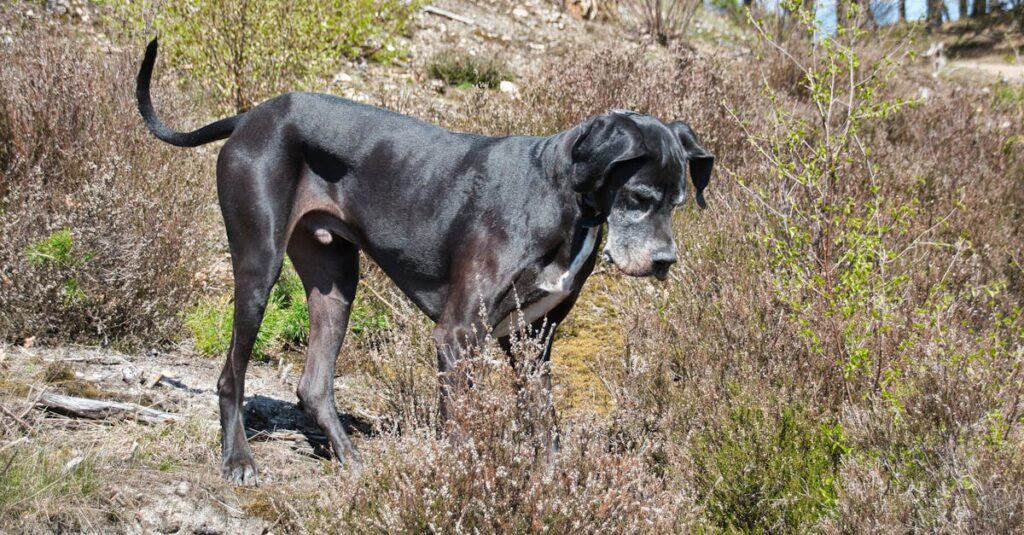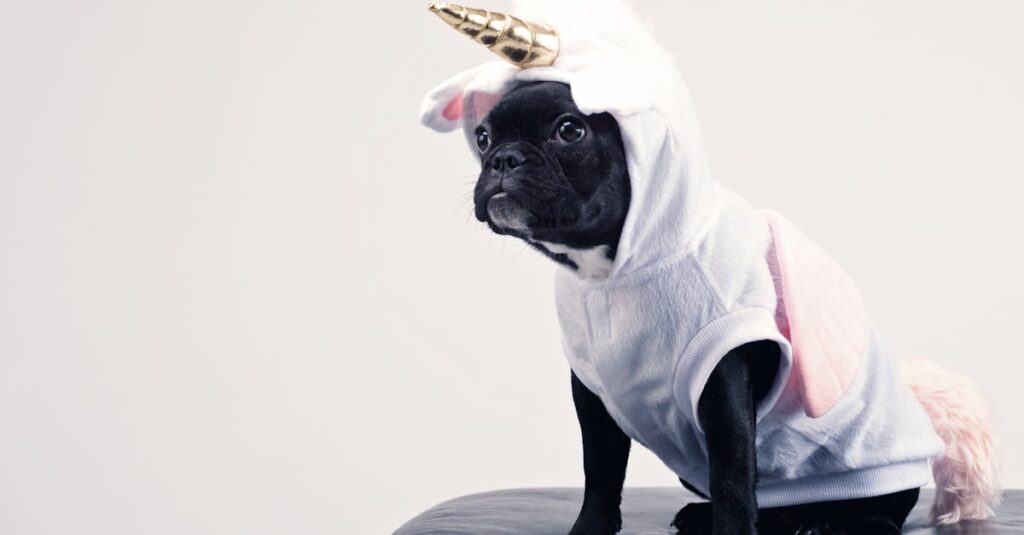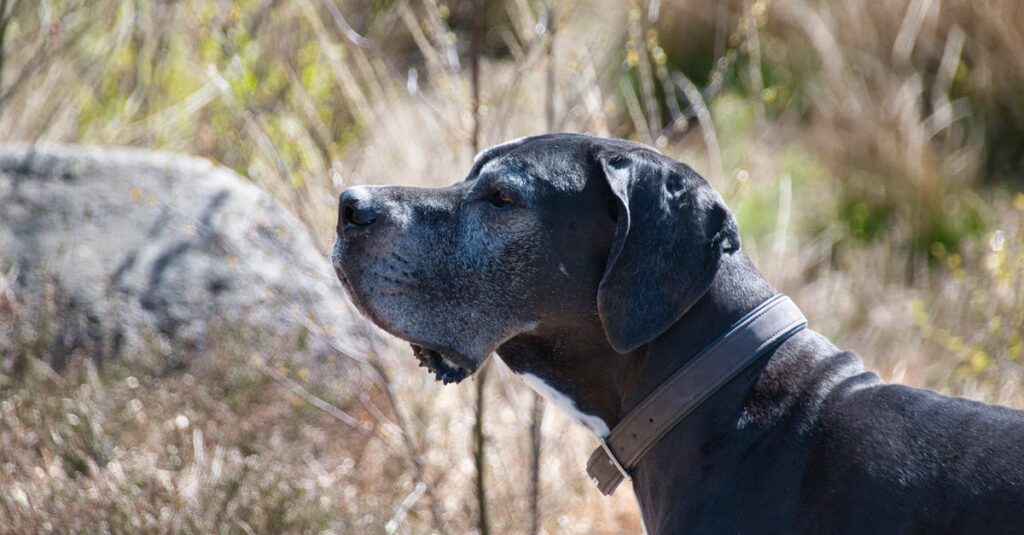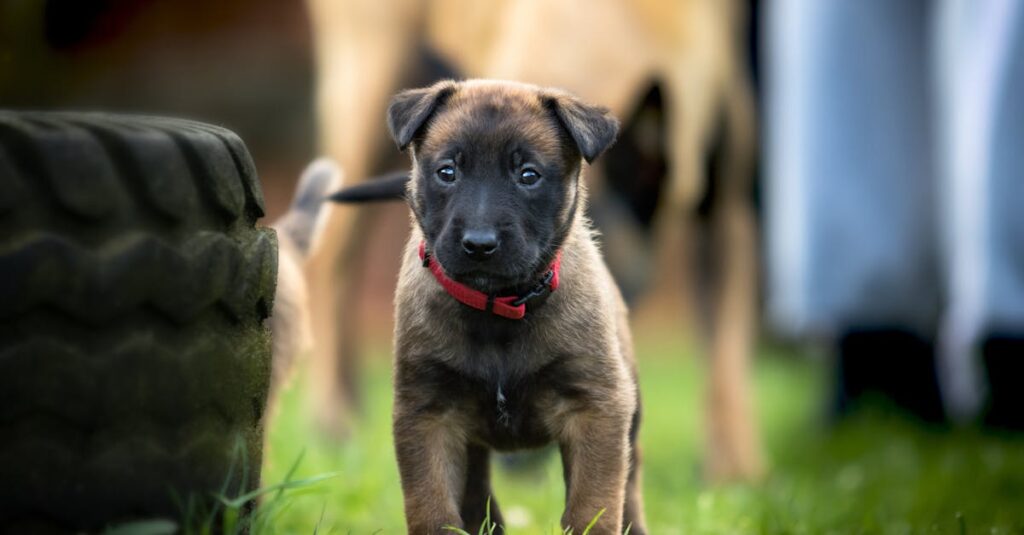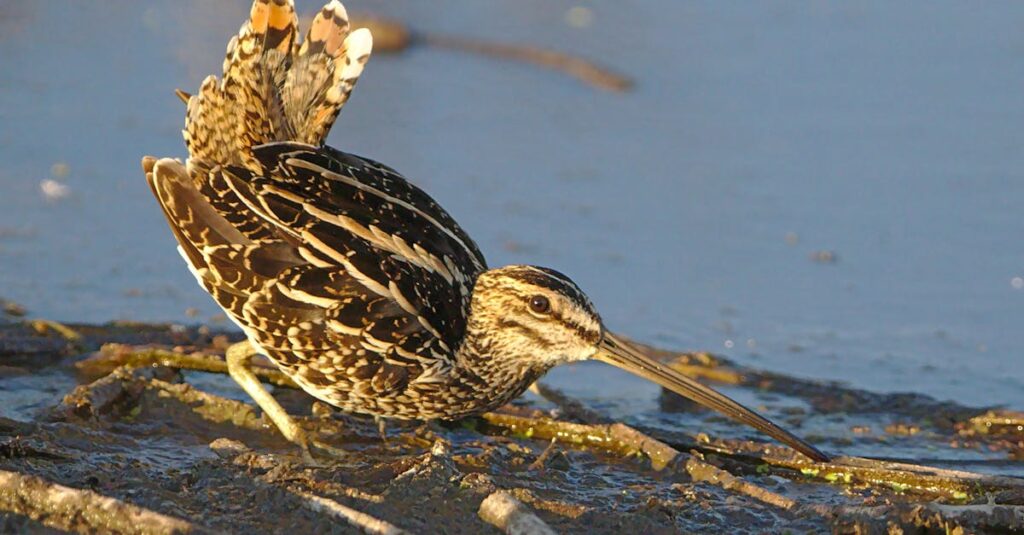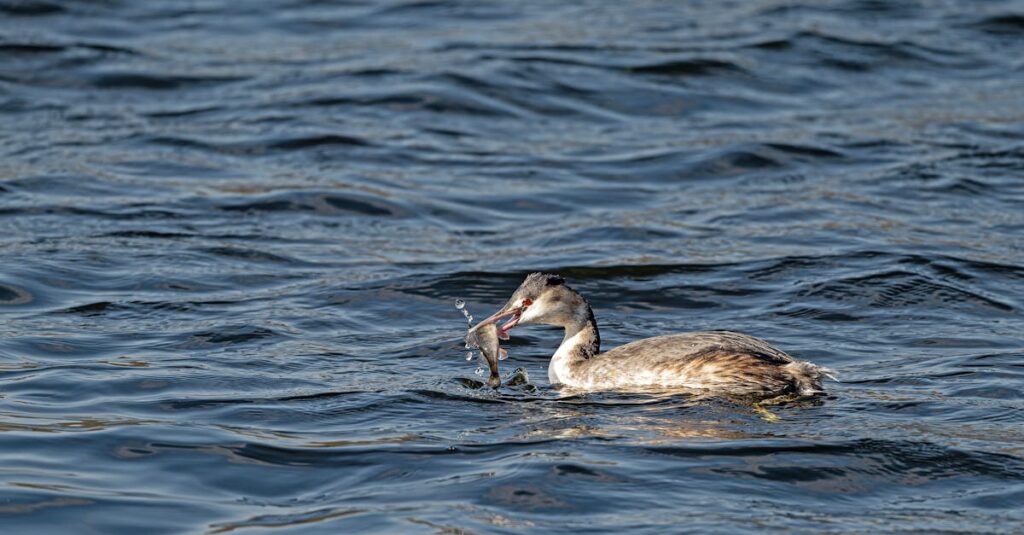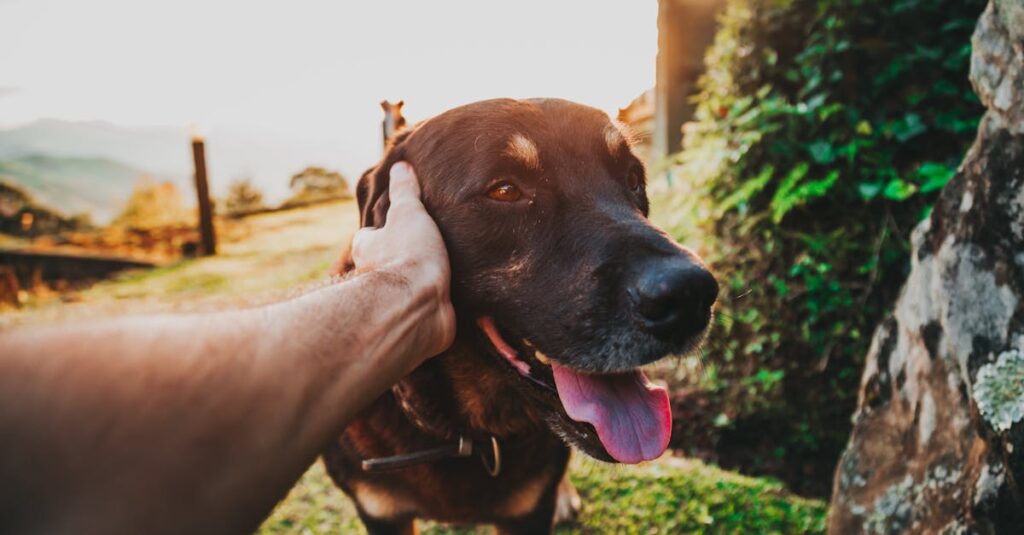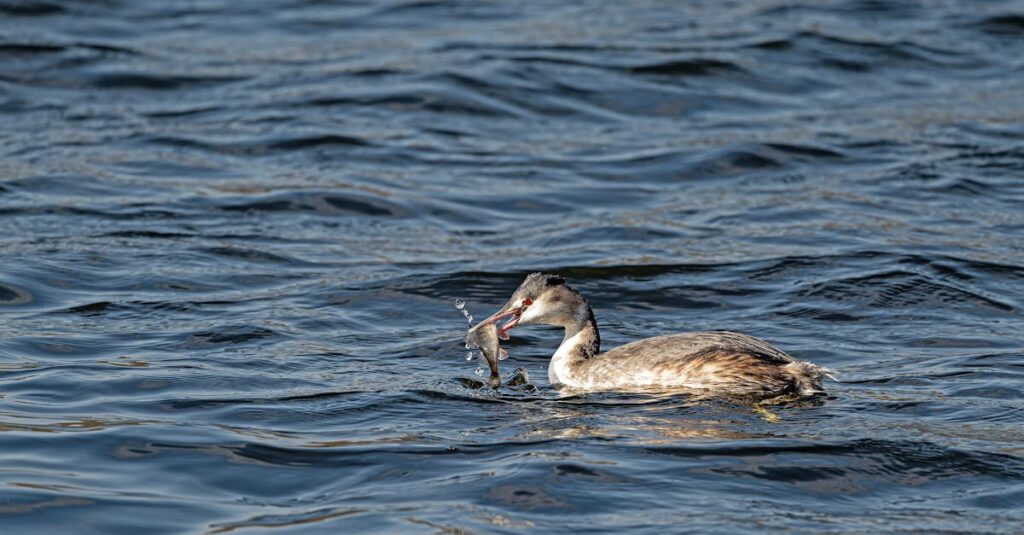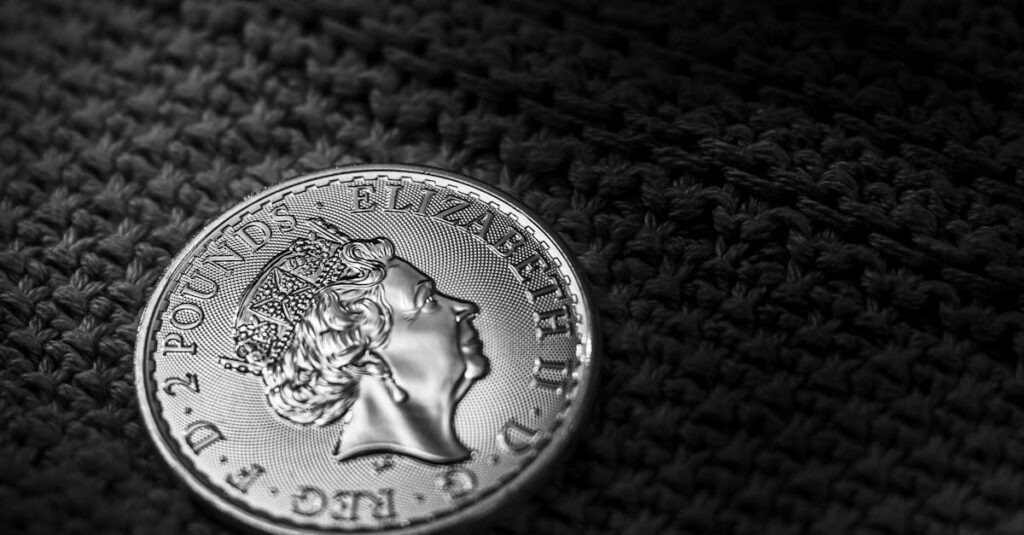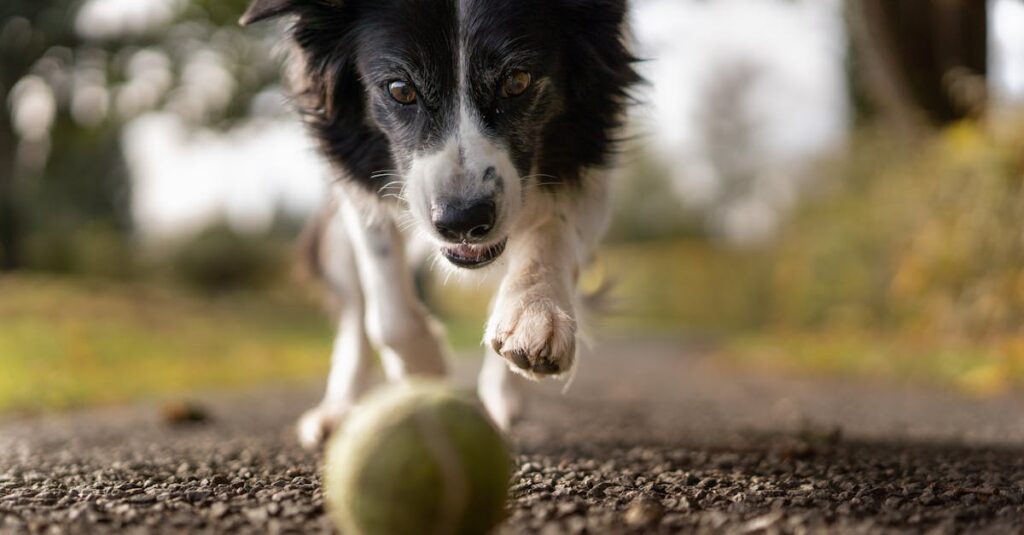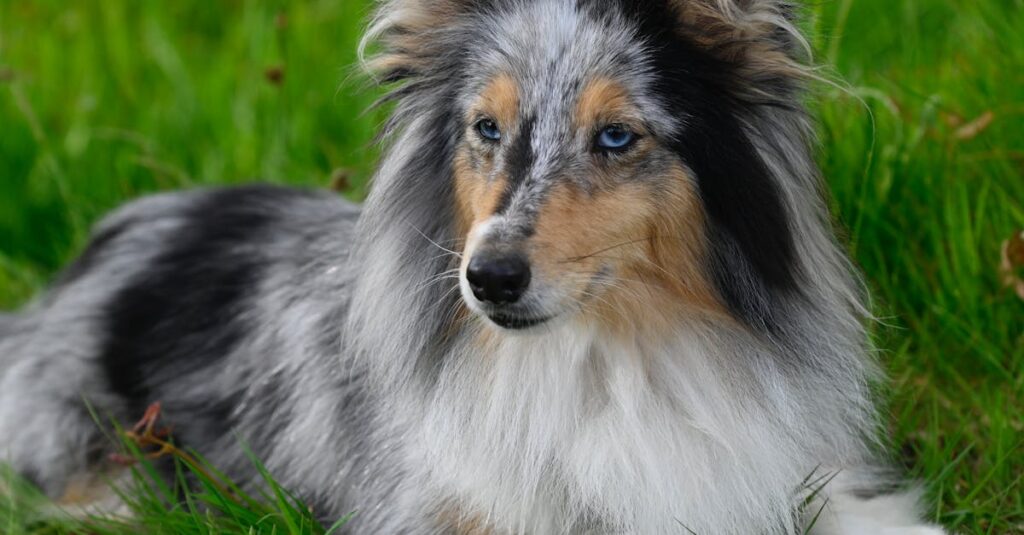The birth size of a Great Dane puppy often surprises new owners, as these gentle giants begin life significantly larger than many other breeds. Understanding just how big Great Dane puppies are at birth is crucial for first-time owners to ensure they provide the best care from day one. These puppies start large, grow rapidly, and require a tailored approach to their diet and exercise to support their unique developmental needs.
Typical Size of Great Dane Puppies at Birth: What to Expect 🐾
At birth, Great Dane puppies weigh approximately 1 to 2 pounds (0.5 to 1 kg), which is considerable compared to many other dog breeds. This robust start reflects their genetic potential to become one of the tallest and heaviest dog breeds worldwide.
- 🔹 Newborn weight range: 1-2 pounds (0.5-1 kg)
- 🔹 Dependence on mother: They rely completely on their mother’s warmth and milk for the first weeks
- 🔹 Growth pace: Their weight can double or triple within the first month
Despite their sizeable birthweight, predicting the exact adult size of each puppy is challenging. Even the smallest puppy in a litter can grow into a large adult dog. The key factors influencing their growth include genetics, nutrition, and overall health.
Understanding the Early Growth Stages of Great Dane Puppies
From birth to about four weeks, Great Dane puppies focus mainly on feeding and sleeping. You’ll notice distinct changes as they progress through this phase:
- 👁️ Eye and ear opening: Around two to three weeks, their senses develop.
- 🦷 Teething: Teeth begin emerging by about one month.
- 🤝 Socializing: Interaction with littermates starts to shape their social behavior.
By four weeks, puppies generally weigh between 5 and 8 pounds (2 to 4 kg). This increase highlights the rapid growth typical in this breed’s early weeks. At this stage, diet and nutrition become increasingly important.
How Genetics and Nutrition Influence Birth Size and Growth
The size of your Great Dane puppy at birth and its growth trajectory closely tie into genetics and how well you nourish your pup.
- 🌿 Genetic Factors: Breeders can usually predict expected size by analyzing the lineage. Parents’ size is a good indicator of puppy size.
- 🥩 Nutrition: Feeding high-quality puppy foods—like those from Royal Canin, Purina, and Orijen—supports healthy weight gain without promoting harmful rapid growth.
- ⚠️ Avoid overfeeding: Excessive calories can lead to joint stress and skeletal issues.
If you wish to dive deeper into appropriate feeding strategies for your Great Dane pup, check out our detailed article on how much to feed a Great Dane puppy by age.
Monitoring Your Neptune’s Growth: Weight Chart by Age ⚖️
| Age | Female Weight (lbs/kg) | Male Weight (lbs/kg) |
|---|---|---|
| At birth | 1 to 2 lbs (0.5 to 1 kg) | 1 to 2 lbs (0.5 to 1 kg) |
| 2 months | 15 – 25 lbs (7 – 11 kg) | 20 – 30 lbs (9 – 14 kg) |
| 4 months | 45 – 55 lbs (20 – 25 kg) | 55 – 65 lbs (25 – 29 kg) |
| 6 months | 65 – 80 lbs (29 – 36 kg) | 80 – 100 lbs (36 – 45 kg) |
| 1 year | 100 – 130 lbs (45 – 59 kg) | 125 – 175 lbs (57 – 79 kg) |
Tracking your puppy’s growth against these typical figures can alert you to any health concerns early. Should you notice significant deviations, it’s always wise to talk with your veterinarian.
Essential Care Tips for Great Dane Puppies at Birth and Beyond
Because of their extraordinary size and growth rate, Great Dane puppies require careful care to avoid health issues:
- 💦 Temperature control: Keep newborns warm, as they cannot regulate body temperature efficiently.
- 🍽️ Nutrition: Use puppy-specific formulas and transition gradually to solid large-breed puppy diets such as Blue Buffalo or Hill’s Science Diet.
- 🚶 Exercise moderation: Avoid high-impact movements until their bones mature, usually post one year.
- 🩺 Vet validation: Routine checkups ensure healthy development and early detection of issues.
Delve into more specifics on diet and exercise for your Great Dane in our comprehensive resources:
- Daily feeding requirements for Great Danes
- When Great Danes stop growing
- Full guide to Great Dane care
Frequently Asked Questions About Great Dane Puppies at Birth
- ❓ How much do Great Dane puppies weigh compared to other breeds at birth?
They generally weigh more, averaging 1-2 pounds, reflecting their giant adult stature. - ❓ Does birth size indicate adult size for Great Danes?
Birth size gives some clues, but genetics, nutrition, and health are stronger growth determinants. - ❓ What diets best support healthy growth in Great Dane puppies?
Diets formulated for large breeds from brands like Merrick, Canidae, Wellness, and Taste of the Wild are excellent choices. - ❓ When should a Great Dane puppy start solid food?
Typically, around 3 to 4 weeks of age, transitioning gradually from their mother’s milk. - ❓ Are Great Danes prone to growth-related health problems?
Yes, rapid growth can lead to joint and skeletal issues; controlled feeding and appropriate exercise help mitigate risks.

